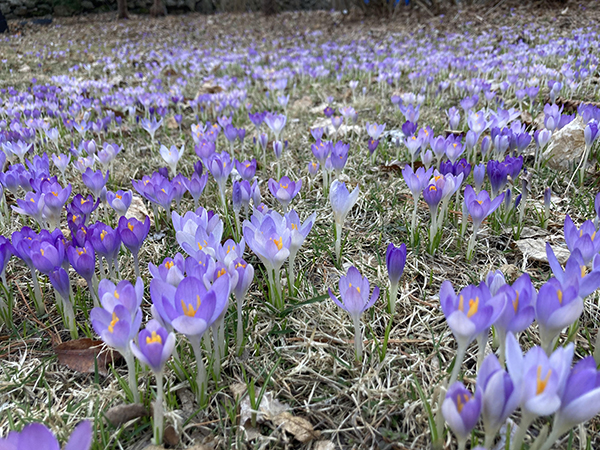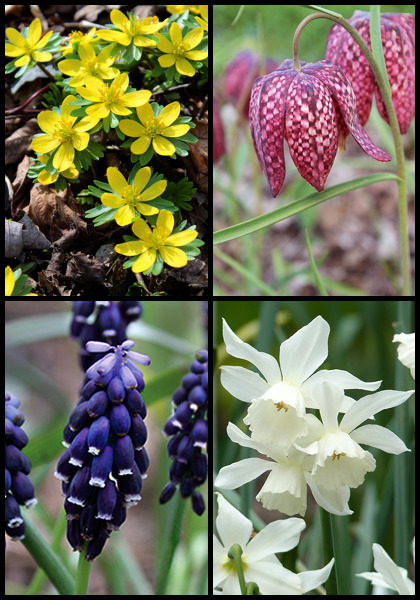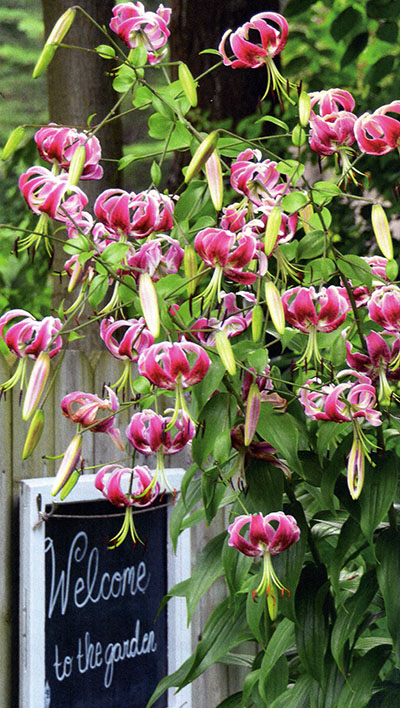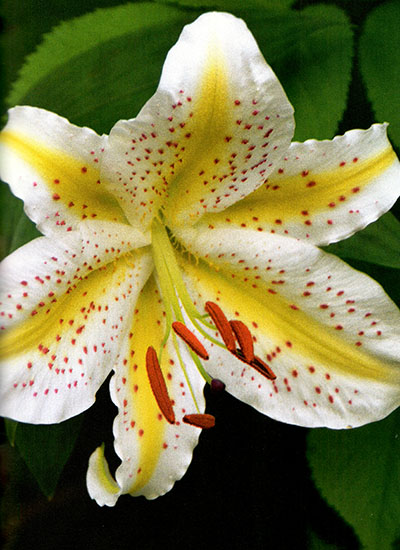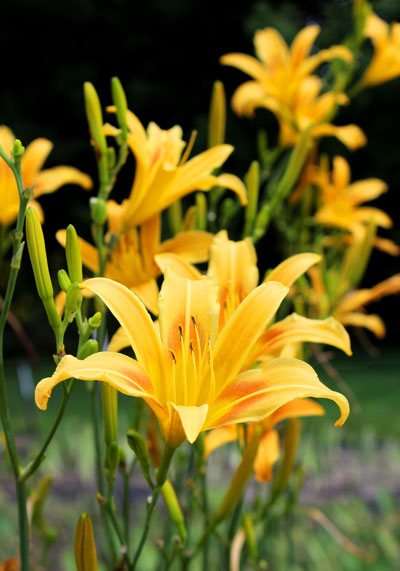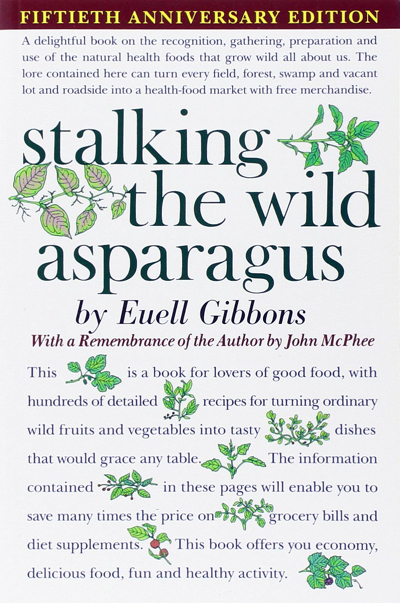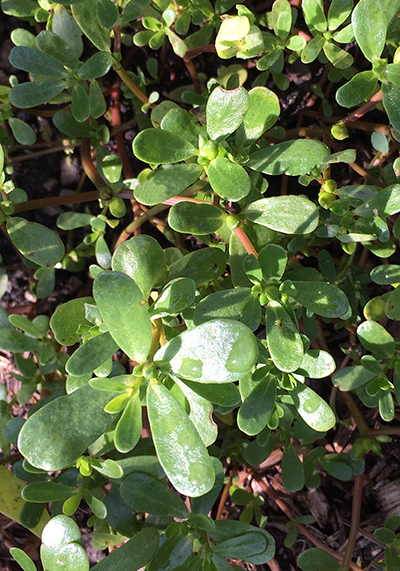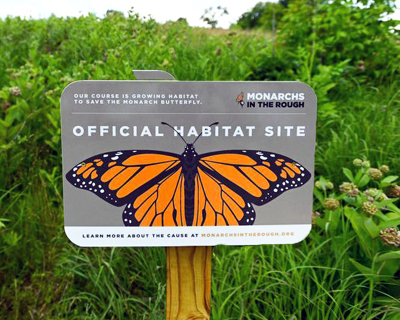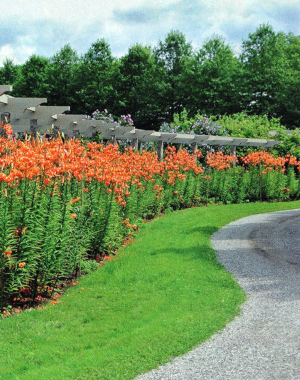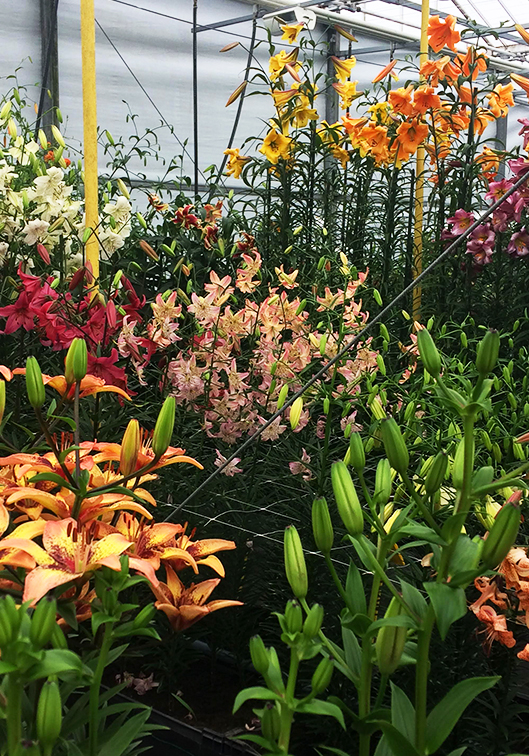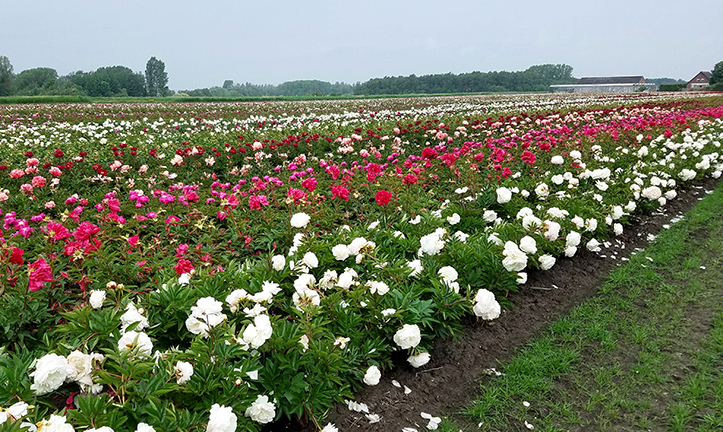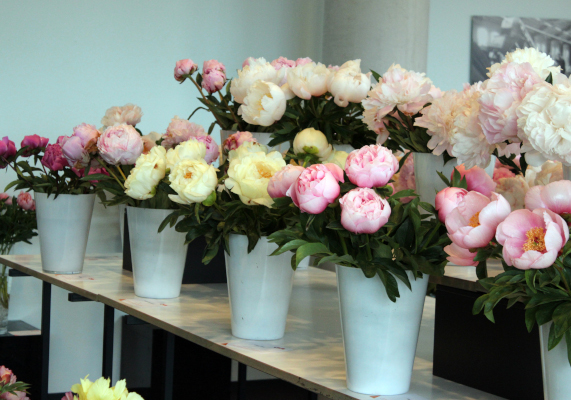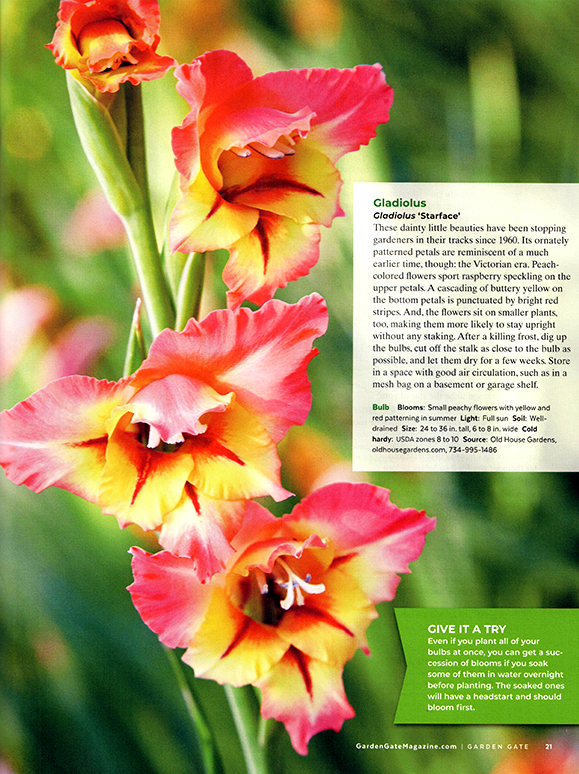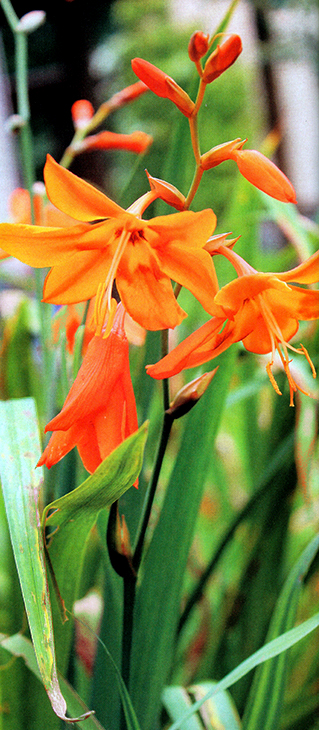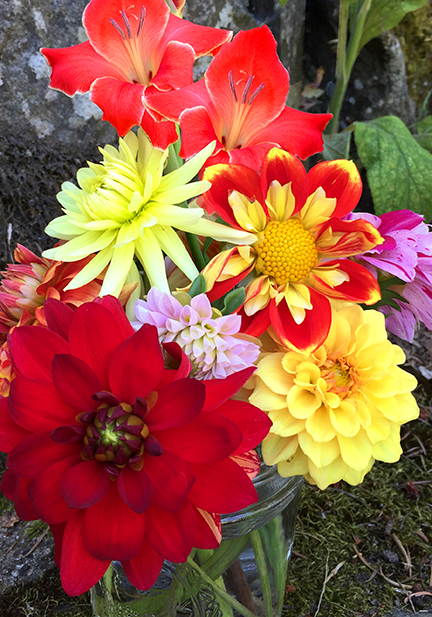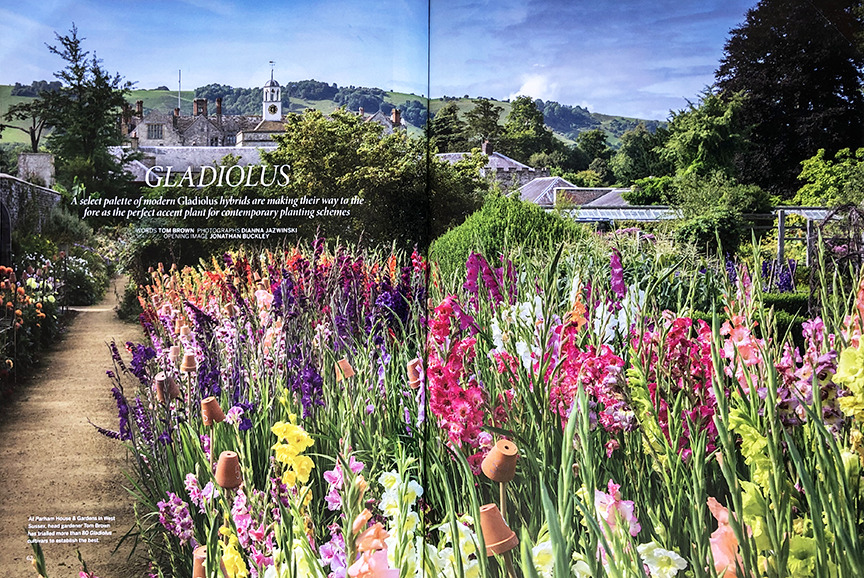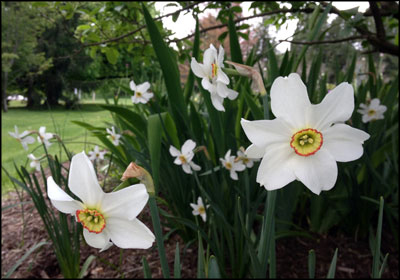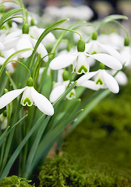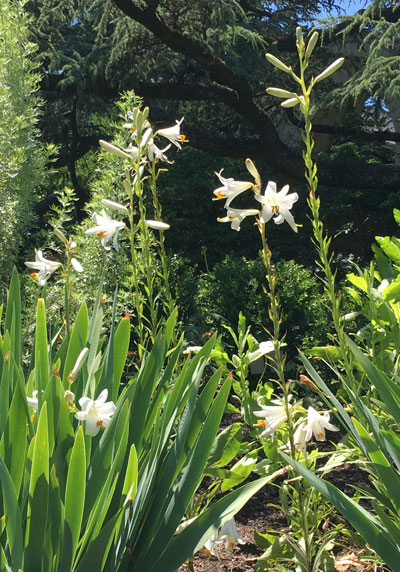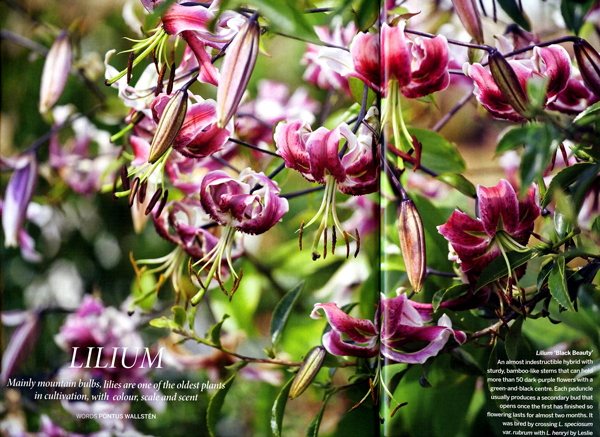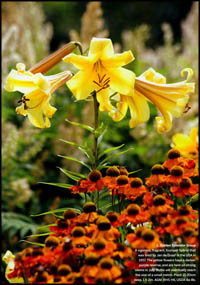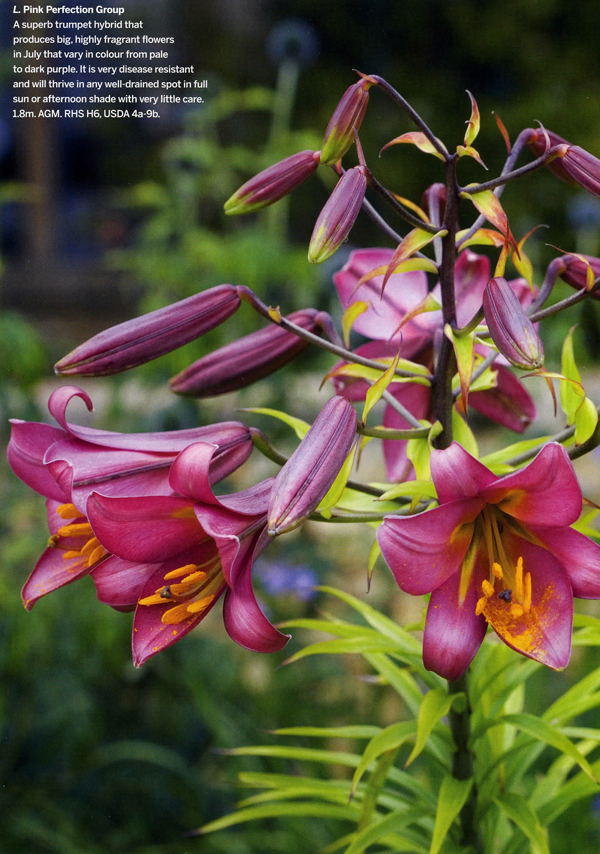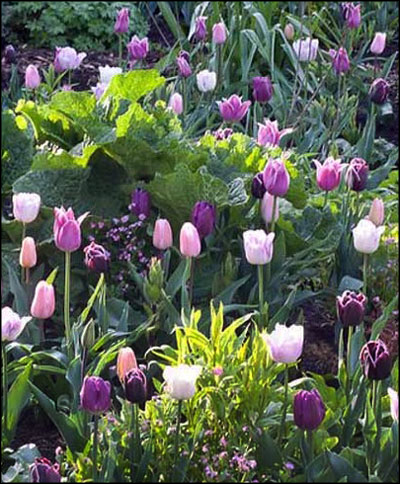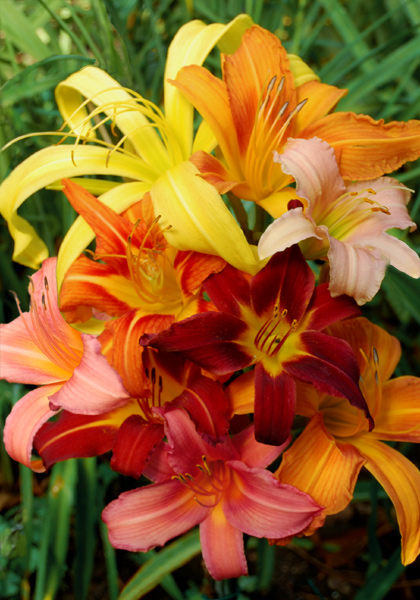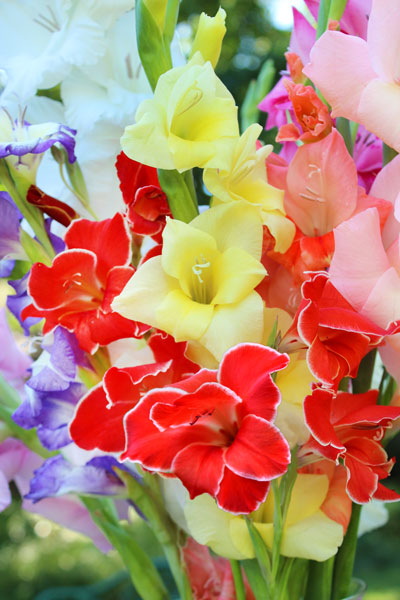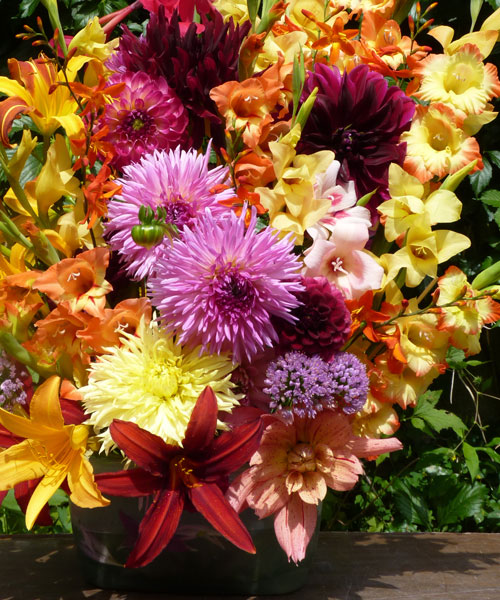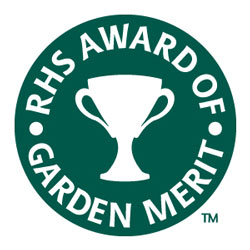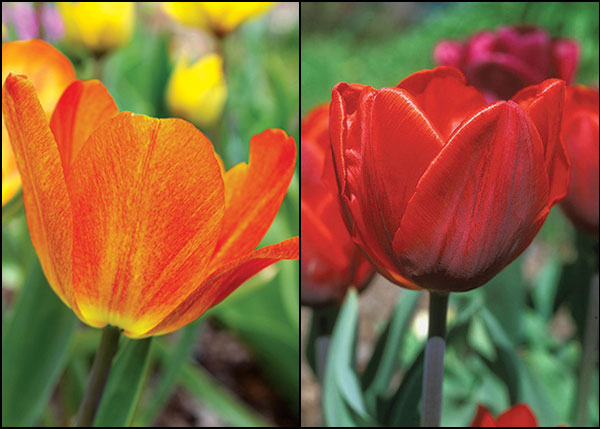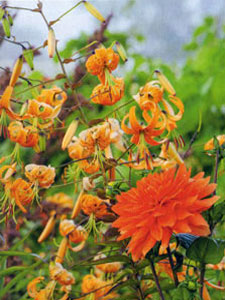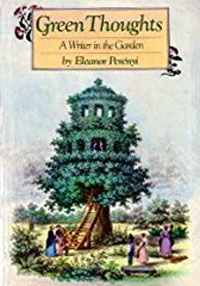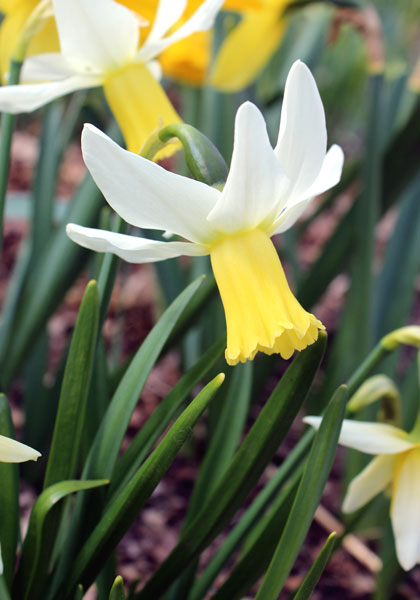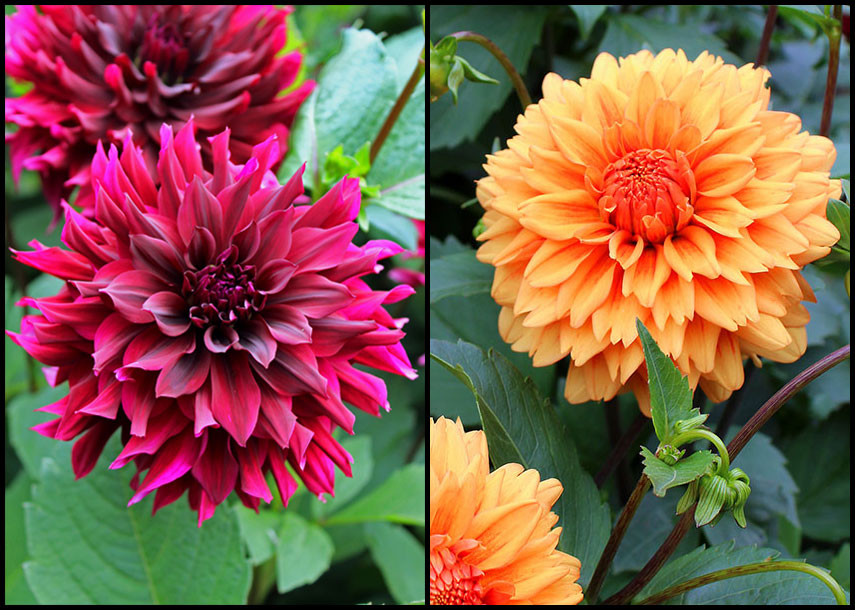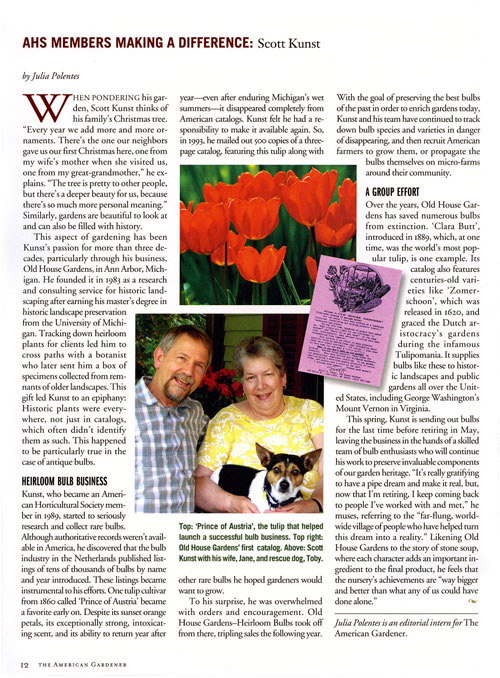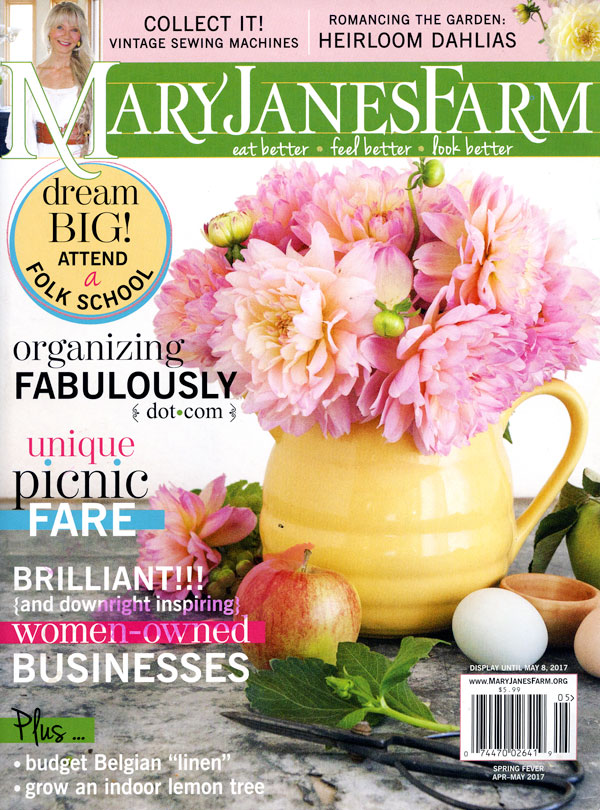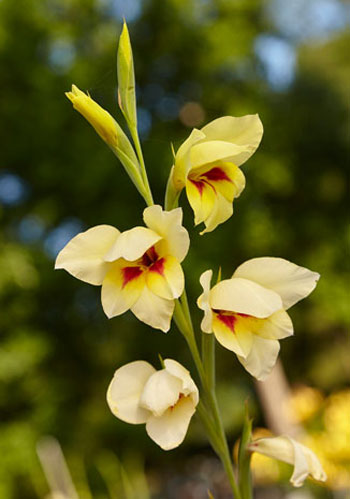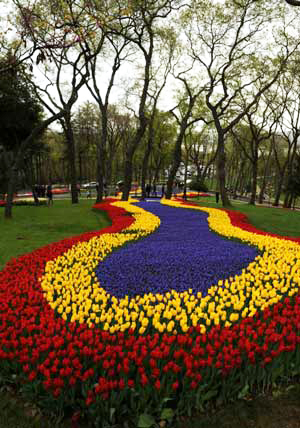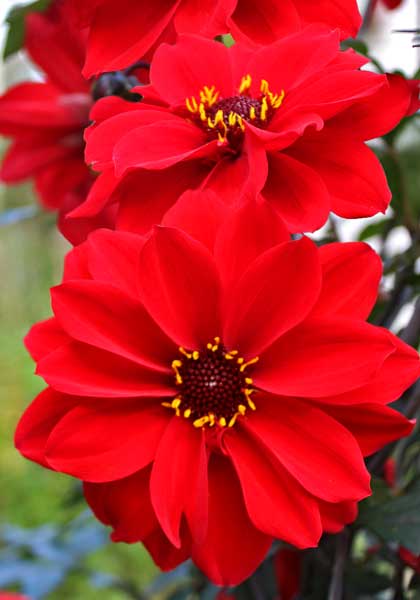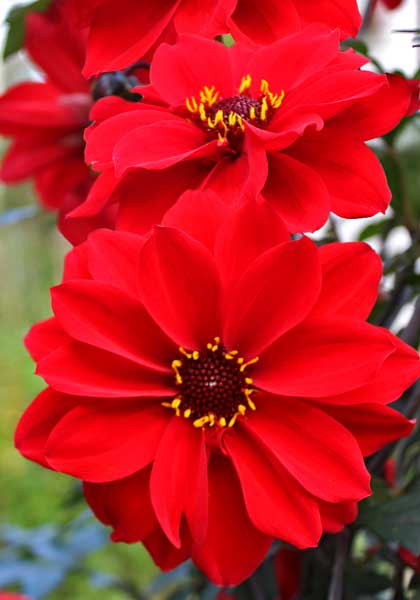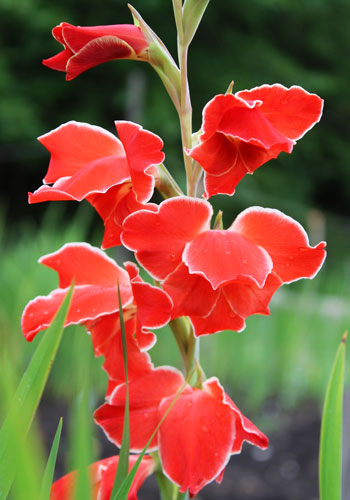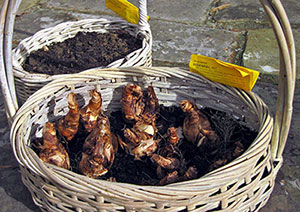Justin with Henry’s lilies
Although spring is definitely the best time to visit the Netherlands, we’re always way too busy shipping and planting bulbs then, so it was the first of June before Vanessa, Rita, and Justin got there – but they still found plenty to see and enjoy.
Can you smell that fragrance?
LILIES – They arrived just in time for Lily Days which is when Dutch lily farmers and hybridizers showcase their lilies in vast greenhouse displays for potential buyers that come from around the world.
“Opening the doors to the greenhouses,” Vanessa told me, “sent your nose into a frenzy with the powerful fragrance of a thousand lilies all blooming at once.” Although most were modern varieties, some heirlooms we offer were also on display including ‘African Queen’, ‘Golden Splendor’, ‘Pink Perfection’, and (for spring planting) gold-band lily and Henry’s lily.
acres and acres of peonies, old and new
PEONIES – Since it was peony season they also saw a LOT of peonies, and an impressive number of these were heirlooms. “Walking through the peony fields was almost like visiting a museum,” Vanessa said, “and the care taken to grow these plants is inspiring.”
Justin said he “liked all of them” and was constantly “imagining where to use such a wide variety of colors, shapes, and sizes” at his house. He was also impressed by how many of the Dutch devoted “a small chunk of their backyard – maybe 2000 square feet or so – to growing peonies for cut flowers.”
Which ones would you choose for your garden?
SMALL FARMERS – Just like in the United States, small farms in the Netherlands are slowly being swallowed up by larger operations. But just like here, young Dutch farmers are finding new ways to make small farming work.
One of these farmers is Jan Hein. As Justin explained, he’s “a young grower, close to my age. He grows a few things for us now” – including ‘Prince of Austria’, ‘Phillipe de Comines’, and ‘Zomerschoon’ – but he wants to grow much more.” Vanessa told me that “because Jan plants fewer than 500 bulbs of each of these varieties, they are all dug by hand and processed through an antique-looking machine.” Justin added that “his dad was a bulb grower so he grew up a farmer, and he loves the history and special characteristics of heirloom bulbs. For us at Old House Gardens, this is good news. We need motivated and passionate people to help us save these bulbs.”
ART, BIKES, & STROOPWAFELS – Of course there’s more to the Netherlands than flowers. Rita “loved the country’s bicycle culture” and was “amazed by the bicycle parking lots, including the Fietsflat which holds 2500 bikes.” She also said they “made quite an adventure out of sampling all the wonderful foods of the Netherlands. One night we waited in line for over ten minutes to have a freshly made stroopwafel. I skipped the chocolate dip and extra toppings and just went for the basic version. YUM!”
Justin said he especially liked seeing the work of two of the Netherlands’ greatest artists, Rembrandt and Van Gogh. Both, he said, were “masters of preserving a moment in time with incredible depth and clarity,” and he added (gladdening my heart) that “heirloom flowers have a unique connection to the past in a similar way. They are the result of the creative works of nature and humans’ adoration of nature.”
